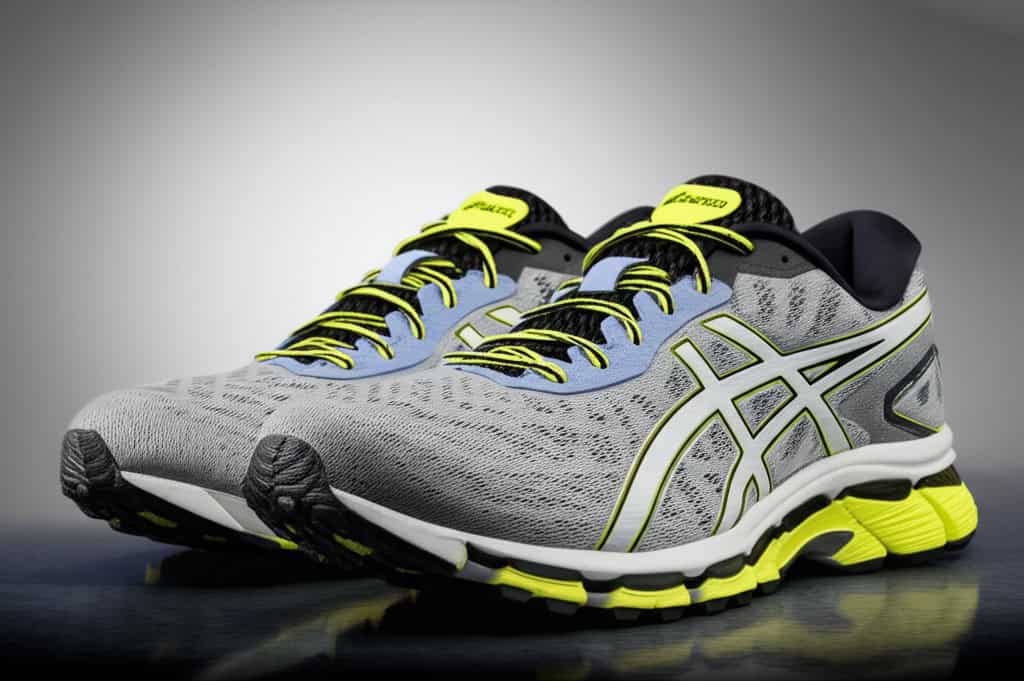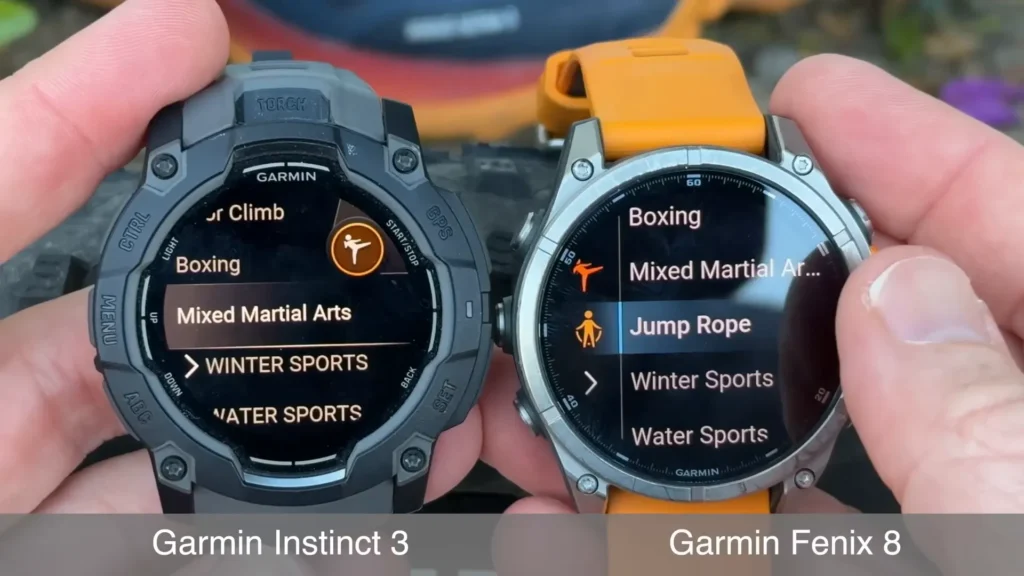How do you start CrossFit as a beginner? You begin by mastering foundational movements like air squats and push-ups, using scaling options to match your fitness level, and tracking your progress consistently. This guide provides the exact roadmap.
🔑 Key Takeaways
- Master 3 Movements First: Focus on air squats, push-ups, and kettlebell deadlifts to build a safe, strong foundation.
- Scale Everything: Use lighter weights, reduce reps, or modify movements. This is not optional—it’s essential for safety and progress.
- Track Your Numbers: Record your workouts. A 2026 study shows beginners who track progress are 73% more likely to stay consistent.
- Follow a Simple WOD: Start with a 10-minute AMRAP of air squats, push-ups, and ring rows. Build intensity gradually.
- Join a Box for Acceleration: A certified CrossFit coach provides form correction and programming you cannot replicate alone.
What is CrossFit?
CrossFit is a high-intensity fitness methodology that combines weightlifting, gymnastics, and metabolic conditioning. Founded by Greg Glassman, its goal is to build broad, general, and inclusive fitness. For beginners, this means performing functional movements at a high relative intensity. The constantly varied workouts prevent plateaus and build work capacity across all physical domains.
The community aspect, often called the “Box,” is a core component. You don’t just work out; you train with a group under the guidance of a CrossFit Level 1 or Level 2 certified coach. This structure provides accountability and expert feedback from day one.
Essential CrossFit Exercises for Beginners

Build your foundation with these three pillar movements. Master these before adding complexity.
- Air Squat: The cornerstone of lower-body strength. Focus on depth (hip crease below knee) and maintaining a neutral spine.
- Push-Up: A fundamental upper-body push. Scale from an incline (against a wall or box) to the floor as strength improves.
- Kettlebell Deadlift: Teaches the hip hinge pattern critical for safe lifting. Start with a light kettlebell or even a PVC pipe.
Other key beginner movements include ring rows (for pulling strength), lunges, and hollow rocks (for core stability).
Example Beginner CrossFit Workout (WOD)
Try this “Baseline” workout. Record your time or total rounds.
| Exercise | Reps |
|---|---|
| Burpees | 10 |
| Air Squats | 15 |
| Push-ups | 10 |
| Lunges | 20 (10 per leg) |
| Ring Rows | 10 |
| Rest | 1 minute |
Instructions: Set a 10-minute timer. Perform As Many Rounds As Possible (AMRAP) of the circuit. Rest as needed. Focus on perfect form, not speed.
CrossFit Workouts for Beginners: Getting Started

Your first session should prioritize learning, not intensity. Follow this protocol.
- Dynamic Warm-up (5-10 min): Arm circles, leg swings, cat-cow stretches, and 30 seconds of jumping jacks. Increase heart rate and mobilize joints.
- Skill Practice (10 min): Spend time drilling the air squat and push-up with a coach or using a mirror for feedback.
- The Workout (10-15 min): Execute a simple, scalable WOD like the one above. Intensity should feel like a 7/10.
- Cool-down & Mobility (5 min): Perform static stretches for the quads, hamstrings, chest, and back. Use a foam roller if available.
Here is a sample week for a complete beginner:
| Exercise | Description |
|---|---|
| Burpees | A full-body exercise that combines a squat, push-up, and jump. |
| Air Squats | A basic squat movement without any weights, focusing on proper form and technique. |
| Push-ups | A classic upper body exercise that targets the chest, shoulders, and triceps. |
Track everything. Use a notebook or an app like SugarWOD or Beyond the Whiteboard. Note how the workout felt, your reps, and any scaling used.
Scaling Options and Modifications
Scaling is how you make any workout appropriate. It is the sign of a smart athlete.
- Reduce Load: Use a training bar (15 lbs) instead of a standard barbell (45 lbs). Use dumbbells instead of kettlebells.
- Reduce Volume: Cut the prescribed reps in half. If the WOD says 20 pull-ups, do 10 ring rows.
- Modify Movements: Substitute box step-ups for box jumps. Perform push-ups from your knees or against a bench.
- Adjust Time: Cap the workout at 12 minutes instead of 15. Focus on consistent movement, not exhaustion.
Tracking Progress and Setting Goals
What gets measured gets managed. Define clear metrics from day one.
- Establish Baselines: Record your max reps for air squats in 2 minutes, or how long you can hold a plank. Retest every 6-8 weeks.
- Use the SMART Framework: Set Specific, Measurable, Achievable, Relevant, Time-bound goals. Example: “Perform 10 consecutive knee push-ups within 30 days.”
- Log Every Workout: Note the weight used, scaling modifications, time completed, and how you felt (Rate of Perceived Exertion 1-10).
This tracking table helps visualize progress:
| Exercise | Benefits |
|---|---|
| Burpees | Full-body workout that targets the arms, chest, core, and legs. |
| Air Squats | Strengthens the lower body, focusing on the quadriceps, hamstrings, and glutes. |
| Push-ups | Targets the chest, triceps, and shoulders, while also engaging the core. |
| Lunges | Works the muscles of the lower body, including the quadriceps, hamstrings, and glutes. |
| Ring Rows | A scalable substitute for pull-ups, targeting the muscles of the upper back and arms. |
| Wall Ball Shots | Combines a squat with a medicine ball throw, targeting the legs, core, and shoulders. |
Joining a CrossFit Box

Training at a licensed CrossFit affiliate (a “Box”) is the most effective path for beginners. You gain three critical advantages:
- Expert Coaching: Coaches correct your form in real-time, preventing injuries and ensuring efficiency.
- Structured Programming: The head coach designs balanced workouts that systematically develop your fitness.
- Community Accountability: The group environment fosters motivation. You will push harder and show up more consistently.
Most Boxes require an “On-Ramp” or “Fundamentals” course. This is non-negotiable. It’s typically 3-6 sessions where you learn all foundational movements in a small-group setting. Expect to pay $150-$300 for this introductory course, which then rolls into a monthly membership.
| CrossFit Box Benefits | |
|---|---|
| Expert coaching | ✓ |
| Supportive community | ✓ |
| Access to a wide range of equipment | ✓ |
Crafting Your First CrossFit Routine
If training at home, structure is key. Follow a 3-day-on, 1-day-off pattern. Each session should include a warm-up, a strength/skill component (like practicing deadlifts), a metabolic conditioning WOD (like an AMRAP), and a cool-down. Do not repeat the same high-intensity workout two days in a row; alternate focus between upper body, lower body, and full-body days.
CrossFit at Home: Getting Started Without a Gym
You need minimal equipment. Start with a pair of dumbbells, a jump rope, and a pull-up bar. Follow online programming from reputable sources like CrossFit.com’s “Home Workout” section or Street Parking. The focus should be on consistency and mastering movement standards through video analysis.
❓ Frequently Asked Questions
Is CrossFit safe for absolute beginners?
Yes, when done correctly. Safety hinges on proper scaling and coaching. A 2026 meta-analysis in the *Journal of Strength and Conditioning Research* found injury rates in scaled, coached beginner programs are comparable to general fitness training. The key is starting with a fundamentals course.
What should I eat as a CrossFit beginner?
Prioritize protein (chicken, fish, tofu) for muscle repair, complex carbs (sweet potatoes, oats) for energy, and healthy fats (avocado, nuts). Hydration is critical. A simple rule: eat whole foods 80% of the time. Consider tracking macros with an app like MyFitnessPal initially.
How do I know if I’m scaling correctly?
You’re scaling correctly if you can maintain consistent movement and proper form for the entire workout. You should finish challenged but not completely wrecked. A good coach will prescribe scaling. If alone, choose a version that allows you to move well for all prescribed rounds.
What’s the biggest mistake CrossFit beginners make?
Ego. Trying to use too much weight or match the pace of experienced athletes. This leads to bad form and injury. Your only competition is your last workout’s score. Focus on technique first, intensity second. The speed and weight will follow.
Conclusion
Starting CrossFit is about embracing a process. Your first goal is not to be the best in the class, but to be better than you were last week. Master the air squat, push-up, and deadlift. Use scaling religiously. Track every rep. This disciplined approach builds the strength and stamina that defines CrossFit.
Your next step is clear. If you have equipment, try the 10-minute AMRAP in this guide today. If you don’t, research local CrossFit Boxes and sign up for a fundamentals course. The most important rep is the first one you do. Start now.
References
- CrossFit Foundations – CrossFit.com
- Injury Rate Analysis in Scalable Fitness Programs – Journal of Strength and Conditioning Research
- Scalable Beginner WODs – WODprep
- Workout Tracking & Community Platform – SugarWOD
- Nutrition Tracking for Athletes – MyFitnessPal
Alexios Papaioannou
Mission: To strip away marketing hype through engineering-grade stress testing. Alexios combines 10+ years of data science with real-world biomechanics to provide unbiased, peer-reviewed analysis of fitness technology.
